In today's digital age, privacy and security are paramount, particularly when it comes to confidential meetings. There are many ways to create a private and secure space for such meetings, and in this blog post, we will explore some of the most effective strategies.
Use encrypted communication tools
One of the easiest ways to create a private and secure space for confidential meetings is to use encrypted communication tools. Encrypted communication ensures that only the intended recipient can read the message, which makes it an excellent way to protect sensitive information from hackers and eavesdroppers.
Some popular encrypted communication tools include Signal, WhatsApp, and Telegram. These apps use end-to-end encryption, which means that the messages are encrypted on the sender's device and decrypted on the recipient's device. This makes it virtually impossible for anyone to intercept the message and read its contents.
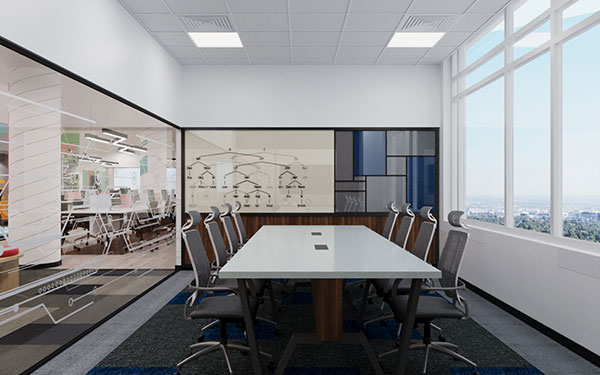
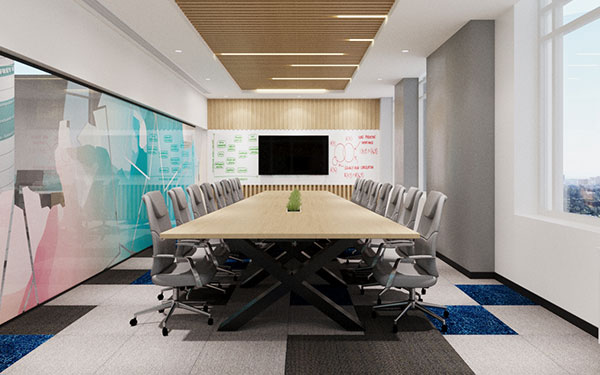
Use secure video conferencing tools
Video conferencing has become increasingly popular in recent years, particularly due to the COVID-19 pandemic. However, it is important to choose a secure video conferencing tool to ensure that the meeting remains confidential.
Some popular secure video conferencing tools include Zoom, Microsoft Teams, and Cisco Webex. These tools use encryption to protect the video and audio data from unauthorized access. It is important to ensure that the tool is properly configured to maximize security, such as requiring a password to join the meeting and enabling end-to-end encryption.
Limit access to the meeting
Finally, it is important to limit access to the meeting to only those who need to be there. This means that only invited participants should be allowed to attend the meeting, and they should be required to sign a non-disclosure agreement (NDA) to ensure that they do not share the information discussed in the meeting with anyone else.
It is also important to ensure that the meeting is not recorded, either by audio or video, to prevent any accidental or intentional disclosure of confidential information.
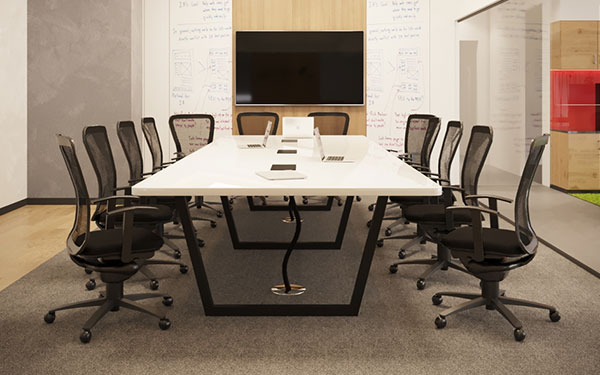
In conclusion, creating a private and secure space for confidential meetings requires a combination of technical and physical security measures. By using encrypted communication tools, choosing a secure location, using a VPN, using secure video conferencing tools, and limiting access to the meeting, you can ensure that your confidential meetings remain private and secure.
Texture is a vital element in commercial interior design that adds depth and dimension to a space. Texture can add interest, create visual and tactile contrast, and make a space feel more inviting and warm. Texture can be added through various materials, such as fabrics, wood, metals, and stone. In this blog post, we will discuss how you can use texture to enhance your commercial interior design.

Choose a variety of textures
While working with a commercial interior company using a variety of textures can create interest and contrast in a space. Different textures can be incorporated through various materials, such as fabrics, wood, metals, and stone. For example, you can use a plush carpet or rug on the floor, textured wallpaper on the walls, and a rough stone feature wall. The variety of textures will create a visual and tactile experience that will make the space feel more interesting and engaging.
Incorporate texture through lighting
Lighting can also be used to add texture to a space. Different types of lighting can create different textures and shadows, depending on the placement and type of light. For example, track lighting can create interesting shadows on a textured wall, while a pendant light with a textured shade can add a soft and warm texture to a space. Additionally, using light to highlight textures can make the space feel more dynamic and engaging.
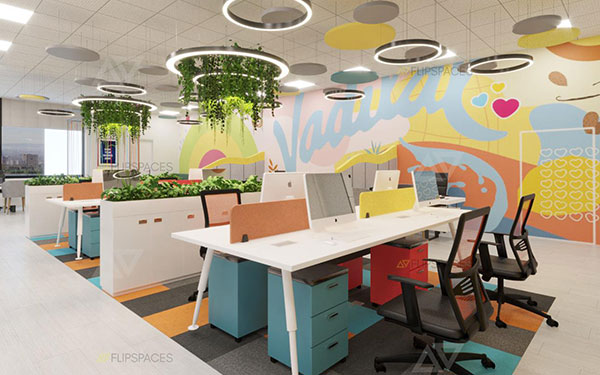
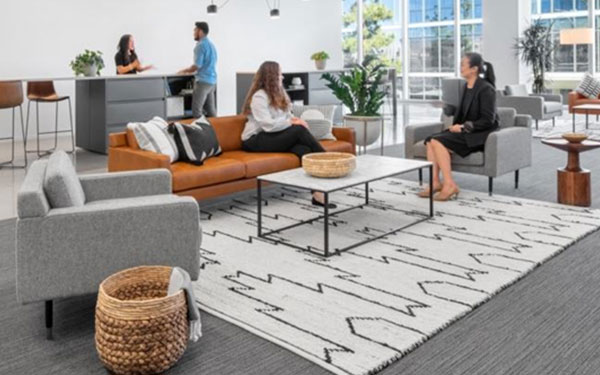
Add texture through art and decor
Art and decor can be used to add texture to a space. For example, a large canvas with a textured surface can create a focal point in the room and add depth to the space. Additionally, decor items such as pillows, throws, and curtains can add texture through their material and pattern. For example, a velvet pillow will add a soft and luxurious texture, while a woven throw will add a more rustic and cozy texture.
In conclusion,Working with interior company texture is a vital element in commercial interior design that adds depth, interest, and contrast to a space. Texture can be added through various materials, lighting, art, and decor, and should reflect the function and personality of the space. Interior company use texture creatively and thoughtfully, so it helps to enhance your commercial interior design and create a space that is engaging, dynamic, and inviting.